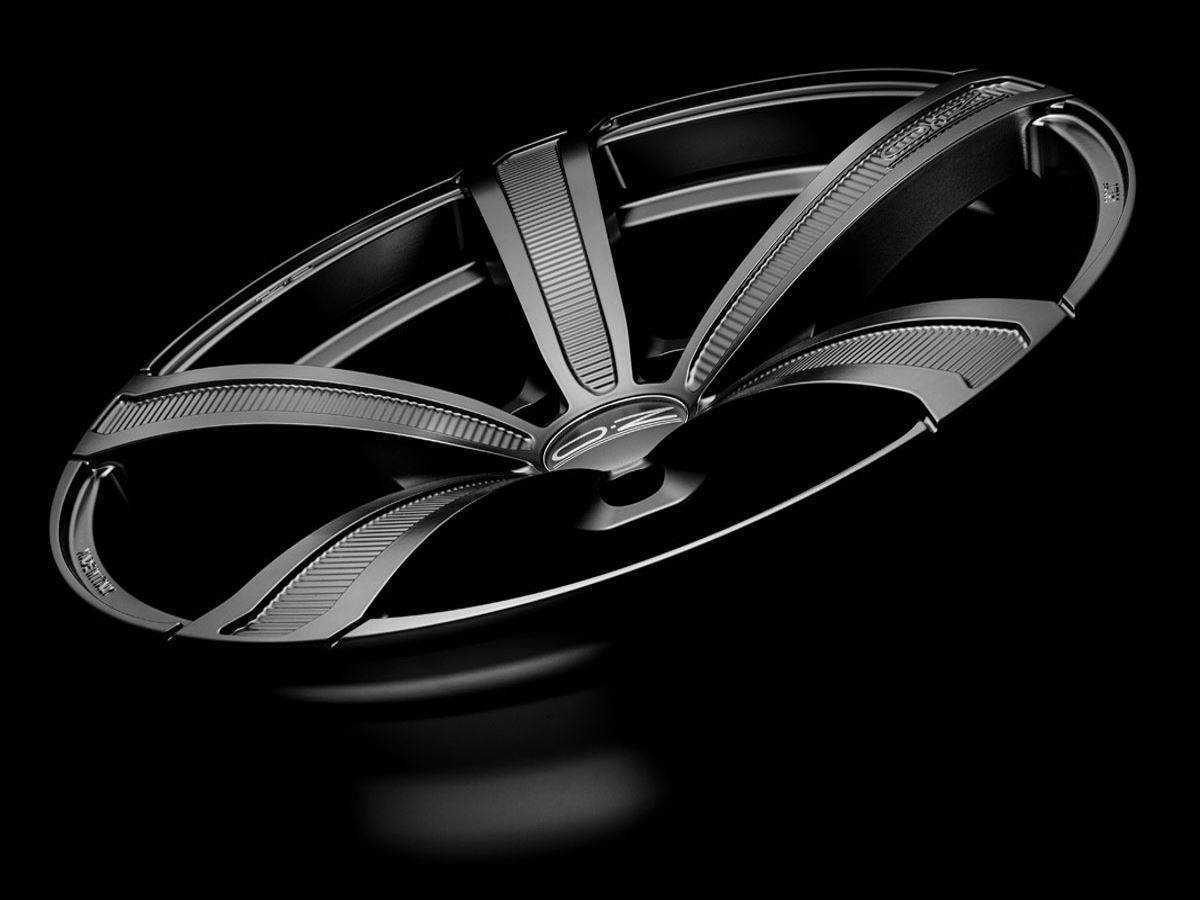There are two benefits of light alloys, and these are 1) a reduction in unsprung weight and 2) a possible reduction in rotational weight which can slow the car down.
Unsprung Weight
I think a common misconception is that a saving in unsprung weight can be around 2x the equivalent weight saving on sprung weight. So saving 10kg on wheels would be the equivalent of stripping 5kg from the interior.
This is completely wrong. A saving of 10kg in unsprung weight is exactly the same as saving 10kg of sprung weight.
However, any reduction in unsprung weight will improve suspension response and therefore handling. Having lighter wheels (suspension, discs, calipers etc) will allow the suspension to react faster to bumps – similar to playing tennis with a tennis ball compared to with a bowling ball.
This means it will be quicker and easier to make the tennis ball bounce, which in wheel terms means it will come back in contact with the tarmac quicker.
Rotational Weight / Inertia
This is an entirely different matter to unsprung weight.
Rotational weight is caused by the mass of a wheel and where that mass is centred along the radius. In basic terms, the formula for calculating the inertia of a loop is I = mr². I=Inertia, m=mass(kg), and r=radius.
Imagine you have two loops (or tyres). One is 14″ and the other is 16″. They both weigh 5kg.
Tyre 1: I = 5×7² = 245
Tyre 2: I = 5×8² = 320
So from that we can see that the second tyre will cause more inertia and therefore will require more power to accelerate it.
As another example, just say we have two 16″ tyres where one weighs 5kg and the other 10kg.
Tyre 1: I = 5×8² = 320
Tyre 2: I = 10×8² = 640
You can see here that the heavier tyre will cause double the inertia of the lighter tyre.
Finally, the last thing that needs to be considered is the central point of mass along the radius of the wheel. The further away from the pivot that this point is, the more inertia it will cause. Imagine holding a hammer at the hammer end and spinning it on that pivot – easy. If you now hold the hammer on the handle end and spin it from there it will be harder. This will mean that the greater the weight at the outside of the wheel, the more inertia there will be.
The formula for this is the same as before but multiplied by a value from 0 to 1 dependant on the central point of mass along the radius, represented by k: I = kmr².
For a perfect weight distributed wheel, k would be 0.5. If a wheel had a central point of mass at the circumference then k would be 1 (such as in the examples above). For an average wheel I would imagine this to be between 0.5 and 0.8 depending on the weight of the alloy and weight of the tyres.
So, in order to minimise the inertia it would be more efficient to use a smaller, lighter wheel. To further this it would be better to use a lighter tyre which would move the central point of mass back along the radius towards the pivot.
Summary
Smaller, lighter wheels will improve both speed and handling.
Although saying that, a 16″ wheel with a larger and heavier tyre will not necessarily have less rotational weight than a 18″ wheel with a lighter tyre.







